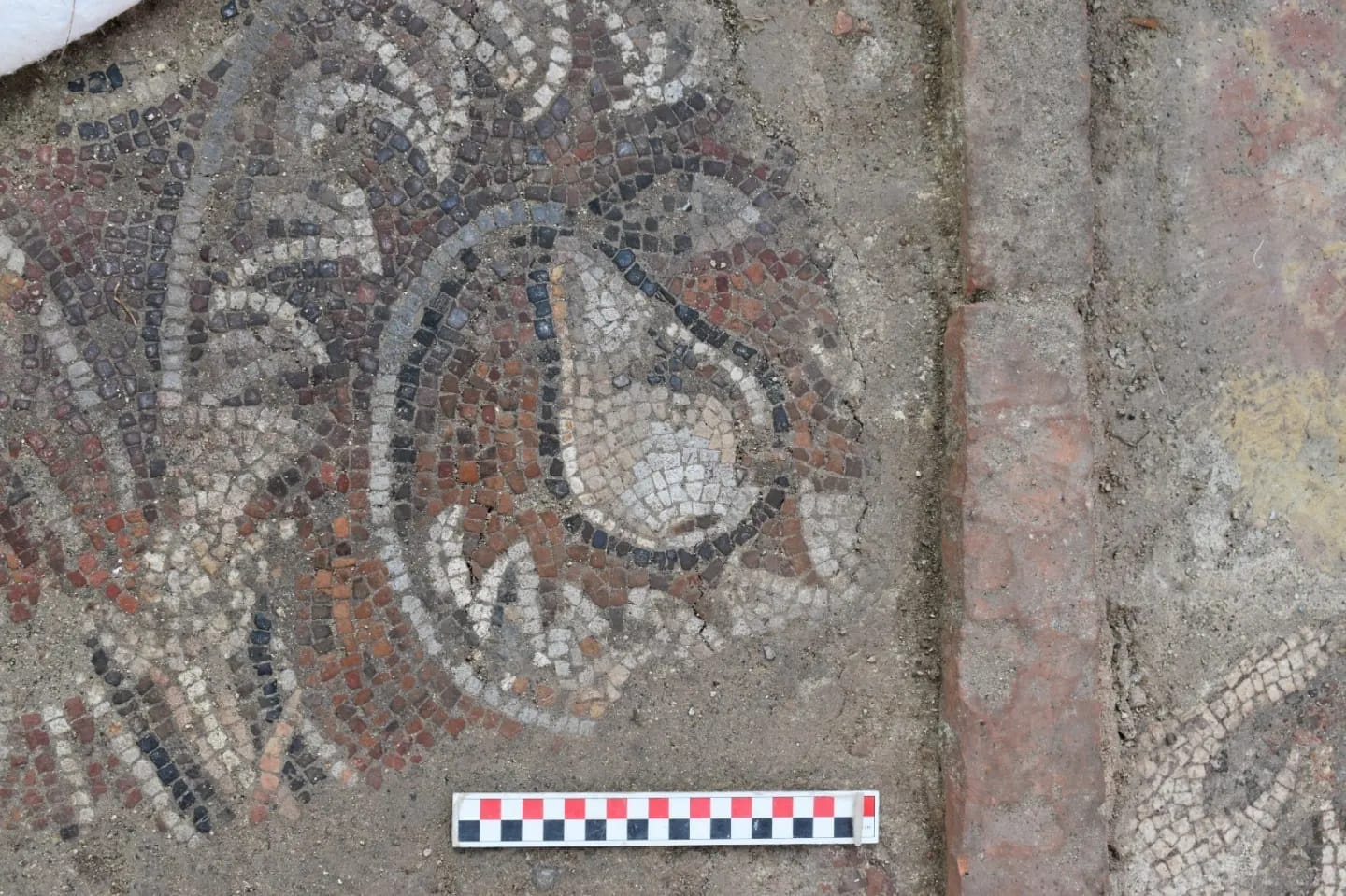Archaeologists have unearthed a detailed mosaic while excavating a Byzantine monastery church dedicated to Saint Constantine and Saint Helena in Ordu province, Turkey.
The monastery church was first uncovered in 2023 in the Kurtulus district of Ordu, which during antiquity would have served pilgrims and worshipers from the Diocese of Polemonion (present day Fatsa).
The church is dedicated to the Roman Emperor Constantine I (also known as Constantine the Great), and Saint Helena (also known as Helena of Constantinople), an Augusta of the Roman Empire and mother of Emperor Constantine I.
Constantine I was the first Roman Emperor to convert to Christianity and played a crucial role in advancing the religion. He ended the persecution of Christians and decriminalised Christian practice, a significant change in the religious sphere known as the Constantinian shift.

According to a press statement by Mehmet Nuri Ersoy, Minister of Culture and Tourism of the Republic of Turkey, the mosaic was discovered by archaeologists from the Ordu Museum Directorate and is the first in-situ floor mosaic found in Ordu province.
Based on the style and form, the archaeologists suggest that the mosaic dates from between the 5th and 6th centuries AD, a period when the Byzantine Empire underwent a golden age under the Justinian dynasty, and then a series of cataclysmic events under the Heraclian dynasty.
The mosaic has geometric designs and plant motifs showing curly acanthus, in addition to fruit depictions, and what appears to be four large double-headed war axes.

Byzantine mosaics originate from earlier Hellenistic and Roman techniques and styles, but artisans in the Byzantine Empire introduced significant technical innovations.
They transformed mosaic art into a distinctive and influential medium for personal and religious expression, leaving a lasting impact on Islamic art, particularly in the Umayyad and Abbasid Caliphates, as well as the Ottoman Empire.
Header Image Credit : Ministry of Culture and Tourism of the Republic of Turkey
Sources : Ministry of Culture and Tourism of the Republic of Turkey





